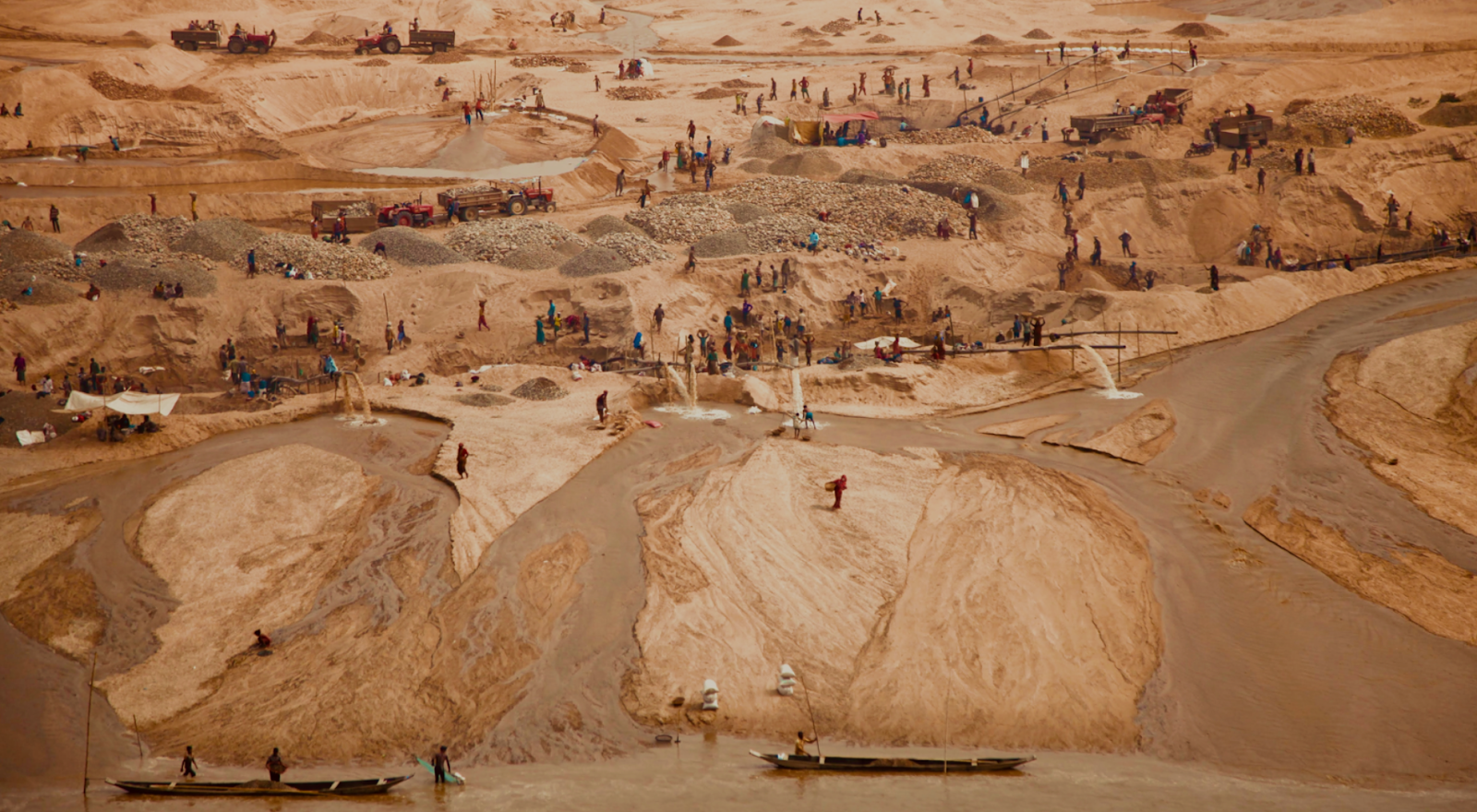Conflict minerals and child labour: Enabling better business with blockchain traceability
The hidden costs of raw materials
How much do you know about the making of your phone? How important is it for you to know where all the materials came from?
There are now over 3 billion smartphones in the world and the growth in numbers is expected to continue. This, along with demand for other electronics like tablets, laptops, electric vehicles, even vacuum cleaners, is driving a huge need for raw materials such as cobalt, tin, tungsten and tantalum. Cobalt is used in every lithium-ion rechargeable battery on the planet, while the 3 Ts, also known as conflict minerals, are found in all manner of electronic goods.
Conflict minerals have been classed as such due to their sourcing in conflict areas such as the Democratic Republic of the Congo. Militias will frequently seize control of a mine and force people to work in dangerous conditions for minimal or zero pay. With weak law enforcement in these areas there are many examples of slavery, theft of natural resources, environmental damage and human rights abuses.
The other issue that is rife here is child labour. The Guardian estimates there are more than 255,000 creuseurs (diggers) mining cobalt in the DRC, at least 35,000 of whom are children, some as young as six. These children will spend an entire day digging up enough cobalt-containing heterogenite stone to fill a sack, which they will then try to sell to Chinese traders for about $0.65.
Traceability-as-a-Service
For a long time. people have been talking about blockchain and how it is a technology looking for a problem to solve. Circulor is one of the first companies to build a solution using Hyperledger blockchain and artificial intelligence that provides traceability and transparency across the supply chain where it is really needed – conflict minerals, rare earth minerals, toxic and polluting waste, child labour-based production, to name a few.
Responsible companies need to know the answers to the questions:
- To what extent is your supply chain traceable?
- Are you confident in the provenance of your raw material?
- Can you prove the provenance?
- What impact are you having on people and nature?
With extractive industries, true traceability requires reaching far upstream and being able to track material flows through refining, amalgamation and manufacture. Circulor addresses two core challenges – reliably creating a digital identity for a physical commodity at its source in the field, as well as connecting the inputs and outputs from a manufacturing process to enable that identity to be inherited.
In order to make the identity reliable and digital, Circulor’s solution gives a commodity a dynamic identity, or dynamic twin, so that it can be tracked along the supply chain journey, from source to consumer, even if the commodity changes on the way. Then through the material journey, we use machine learning tools to identify anomalies or fraudulent activity.
With their entire supply chains mapped out for the first time, manufacturers are able to definitively prove responsible sourcing and sustainable production. In relation to conflict minerals and child mining, there are a number of controls in place to enable this. Artificial Intelligence is utilised for facial recognition, ensuring only authorised people are involved in the process, while anti-GPS spoofing measures guarantee that transactions are only done at accredited facilities.
One of these measures is tags that can only be used in a specified geo-fenced area, such as a mine site or production facility. This is an important safeguard because, especially with the case of tin and tungsten mining in Rwanda, the current tagging system is insecure, and tags are frequently traded on the black market. If a commodity has one of these tags, even though it holds no real information on location or identity, that is often enough for it to pass any security checks. Circulor’s tags are linked to specific locations and individuals.

Enabling better business
In partnership with Kumi, Circulor recently completed a successful project with Volvo Cars, using Hyperledger Fabric blockchain technology to trace the cobalt in the company’s forthcoming electric vehicles. Volvo Cars is leading the way in its industry to conduct responsible production, not just in its own operations but now in all of its suppliers as well. It recognised the importance of being able to prove to its consumers that it sources raw materials ethically and sustainably.
There is no doubting a current consumer trend towards a greater concern for our impact on people and the environment. Last year, the UK spent over £83bn on ethical goods with the continued growth driven by increased environmental concern, showing that more consumers than ever are looking for ways to shop that help people and the planet. Businesses are taking note – Circulor has just signed on with another automotive company to conduct a similar project and there are various examples of opportunities in other industries, such as waste, recycling, agriculture and more. In partnership with Kumi and other forward-thinking organisations, traceability provides huge potential to enable better business.
Sources:
https://www.techrepublic.com/article/how-conflict-minerals-funded-a-war-that-killed-millions/
https://www.washingtonpost.com/news/theworldpost/wp/2018/04/19/conflict-free/
Cover image courtesy of Circulor
